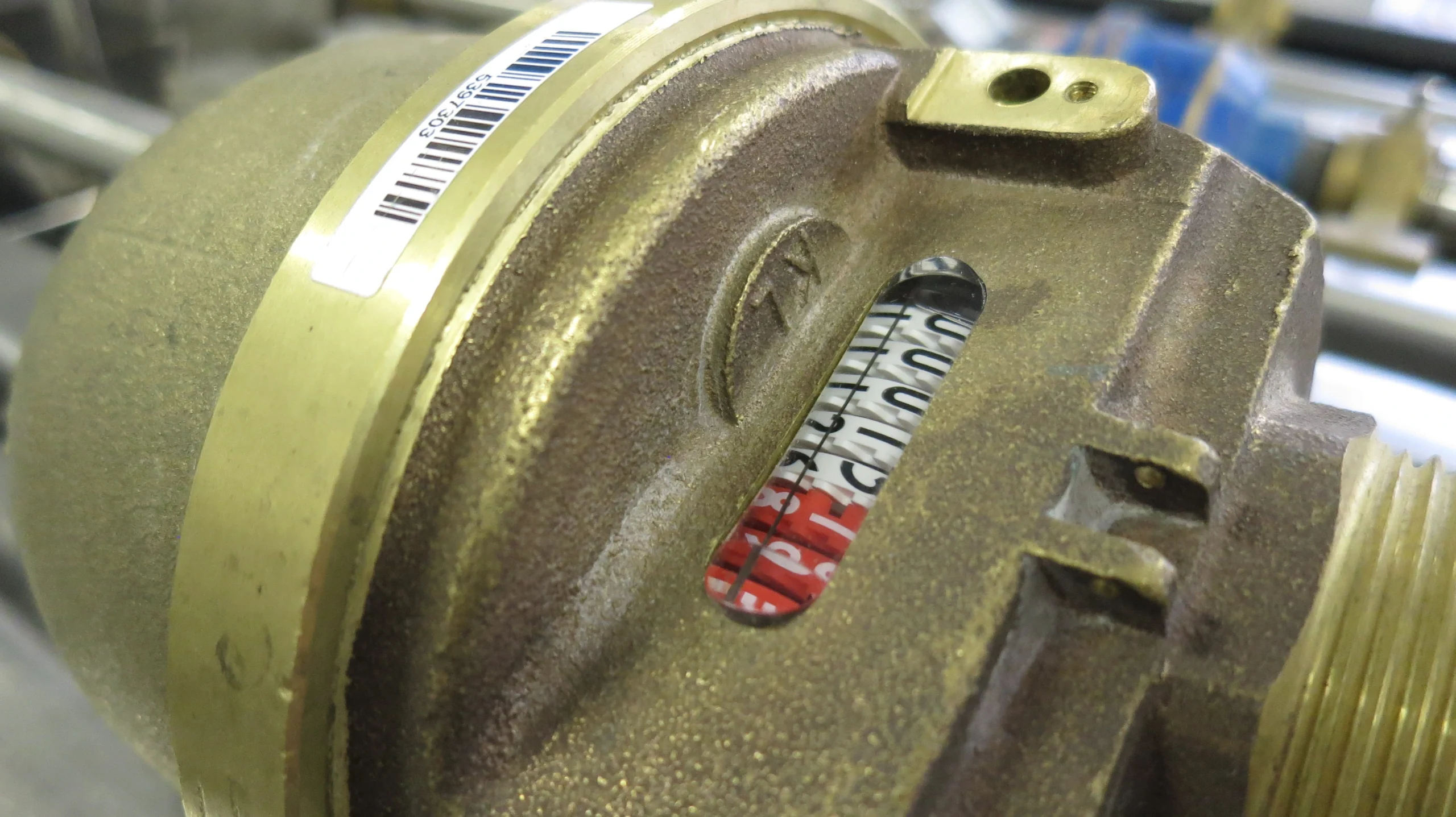Water meters play an important role in determining how much Water is used by individual households; however, they can only do so if functioning correctly.
Water is a precious commodity; however, due to its accessibility in most areas, it is often taken for granted. Water meters are accountable for how much water we use and its indication determines our usage and how we are charged. Perhaps this explains why meters are known as the cash registers of the industry…
The concept of the water meter is to only pay for how much water households actually use. The question is: how do consumers know that these meters are accurately measuring their water consumption? The thing is, not a lot of people consider their water meter to be reading incorrectly. In contrast, if water prices fluctuated like that of petrol, consumers would definitely want to know if they were being over-charged.
There are national standards and procedures in place for the compliance and testing of water meters, as well as all measurement devices intended for trade purposes (E.g.: petrol bowsers, supermarket food scales, etc.) The National Measurement Institute of Australia (NMI) appoint Utility Meter Verifiers on their behalf to verify/re-verify all water meters intended for billing purposes and use in Australia.
The regulators in each state and territory are responsible to ensure the water authorities maintain acceptable levels of accuracy for water meters. To ensure ongoing compliance, water meters need to be routinely tested by an accredited laboratory which has been deemed competent to perform the testing by the National Association of Testing Authority, Australia (NATA). It is important for water meters to maintain their accuracy over their life span, for the benefit of not only the consumer but also for the water authority, as accountability of water is also vital for our future needs. Future growth planning for large cities and towns rely on correct water distribution of their networks for investing into new large capital projects.
Home water meters can be used if your customer suspects a leak in their premises. A simple suggestion asks that they take a meter reading before they go to sleep, ensuring that no water will be used by any of their appliances (including their toilet). In the morning they should take the reading once again.
The regulators in each state and territory are responsible to ensure water authorities maintain acceptable levels of accuracy for water meters
Any change of the reading on the water meter can mean that they may have a leak which you can rectify once the leak has been found.
Reading Water Meters
Most common domestic meters have two distinguishing colours on the indicating dial typically split between black and red. The black numbers denote kilolitres (kL) 1 kL = 1000 litres and the red numbers represent litres. The kilolitre dials (black) are only read for billing purposes and there is no rounding up or down involved, so the usage would be based on 126kL assuming the meter at the previous reading interval (last billing cycle) was an indication of zero.










